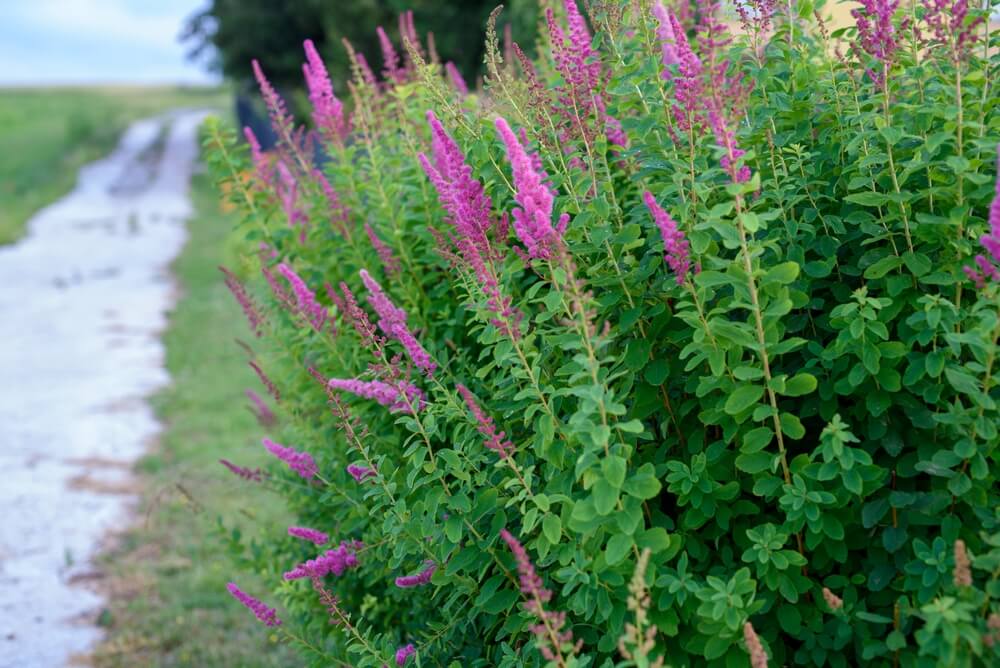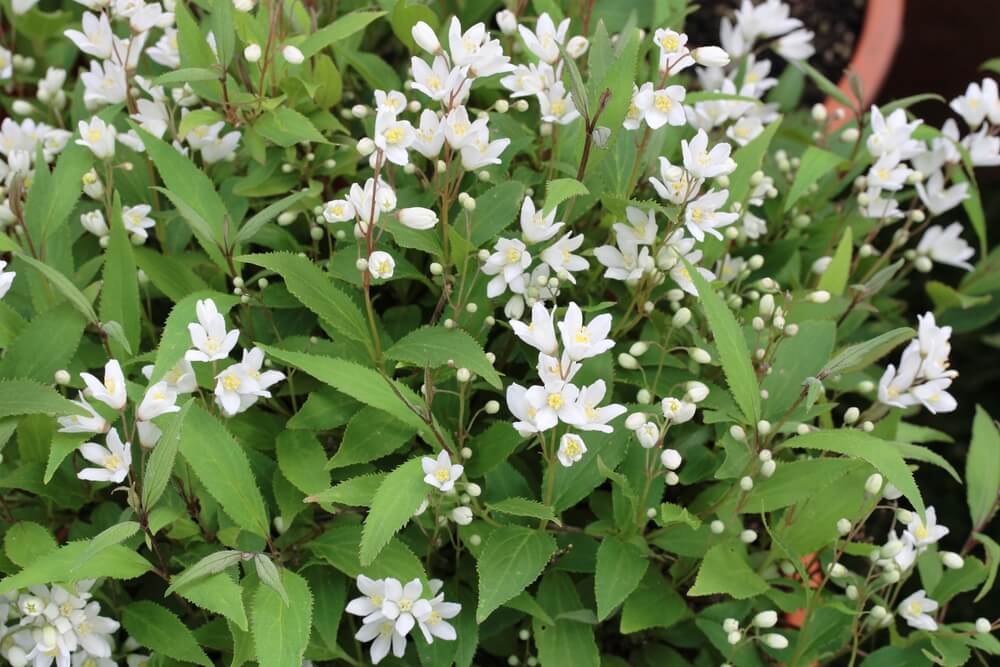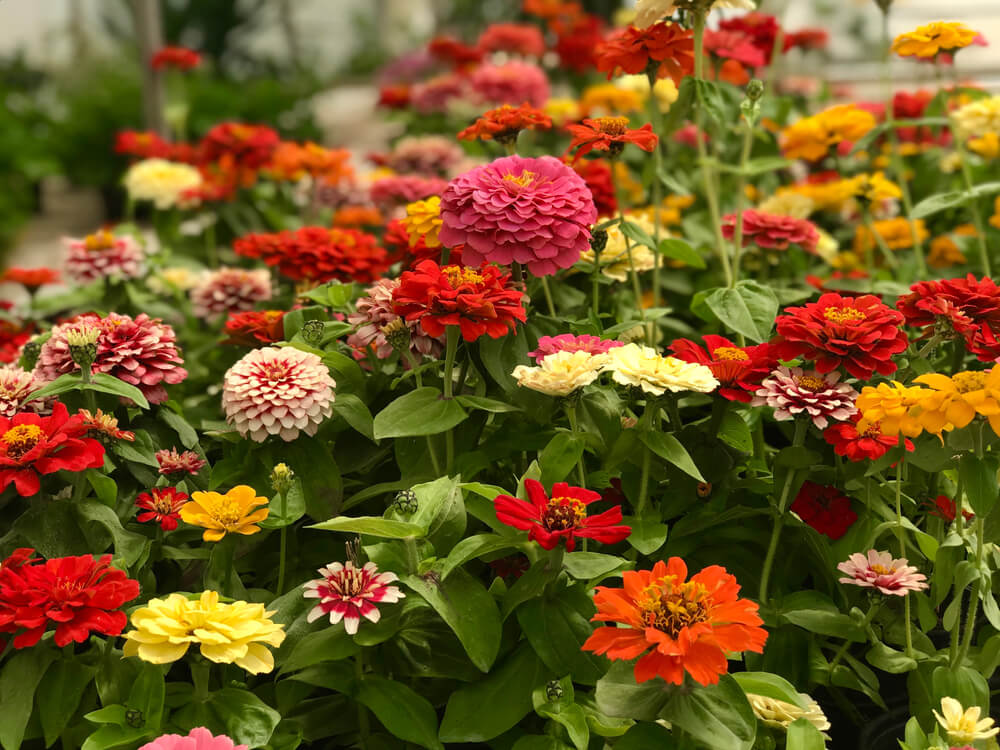The 24 Landscaping Rules That Will Transform Your Yard
February 05, 2025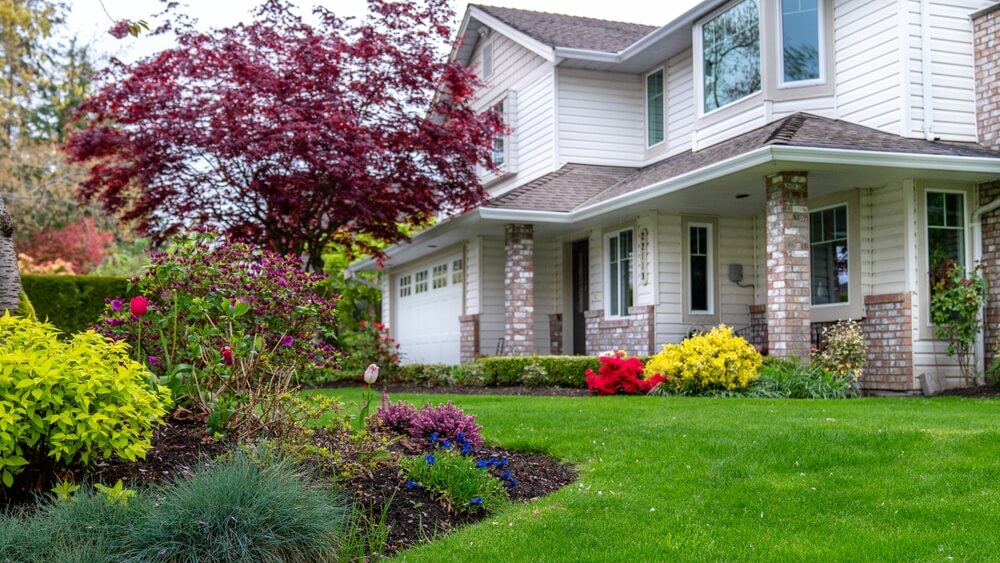
Tackling a landscape design project can be overwhelming at first. What plants should go where? What flowers should I choose? Do I have too much or not enough? Remember, landscaping is subjective; there are no hard and fast guidelines you must follow. But if you’re a beginner landscaper and want some help with the basics, these landscaping rules are for you.
They aren’t meant to restrict you. Instead, they’re meant to give you a starting point so you can take your design and run with it, creating a beautiful lawn that you’re proud to show off.
Landscaping Rules: Design and Planning
- Start in the fall. The best time to landscape your yard is in early fall, around the beginning of October. The weather is mild but not too cold, giving your plants time to establish roots before the first frost. Spring is also a good option before the summer heat gets too intense.
- Pick a theme. The best landscaped yards stick to a theme. Your planning should begin by choosing a landscaping style. This will help you find plants that match the vibe you’re going for. Choose from options like modern, traditional, English garden, Japanese, desert, or prairie. Use your home’s architectural style as a starting point.
- Begin with foundation planting. Planting shrubs in front of your house’s foundation helps disguise it and “ties” your home to the ground. They should be simple and emphasize the interesting architectural features of the building. Evergreen shrubs are a popular choice, but don’t be afraid to choose something with more texture or color.
- Don’t plant in straight lines. In nature, almost nothing grows in a straight line, so it’s important for your plant growth to feel organic. The exceptions include hedges, boulevard trees, and formal plantings.
- Define areas of your yard with shrubs. If you have a pool, patio, or another distinct area, use landscaping to separate it from the rest of your property. You can also plant around the perimeter of your lawn to add privacy and create a natural border between your home and your neighbor’s.
- Keep most of your lawn open (except for trees). Just like white space on a website, it’s important to give your landscaping room to breathe. A cluttered lawn feels smaller and makes maintenance more difficult. Instead, group plants in informal arrangements along the borders of your yard.
- Use trees to frame your home, not hide it. Trees are the perfect feature to highlight your house. But if you want the extra privacy, feel free to disregard this landscaping rule and instead plant trees to block your home’s view from the street.
- Don’t overplant. Remember, your plants will grow and spread! Avoid planting trees too close to your house or directly in front of it. Use moderation, especially with large flowering shrubs. You don’t want your landscaping to grow to block something important.
- Create a rough plan. Before you start digging, draw out where you want each individual plant to go. You don’t have to be an artist to create a plan. Just use these tips and follow the five elements of landscaping design—line, form, texture, color, and scale. When you’re ready, drive a labeled stake in the ground to represent each plant.
- Check your HOA rules. Some homeowners associations have rules about what you can plant in your front yard. Before getting too far in the process, check if your HOA has a list of approved plants, rules about lawn decor, and other restrictions.
Landscaping Rules: Choosing and Arranging Plants
- Choose native plants. Pennsylvania native plants are perfectly suited to this area and don’t need to acclimate to the climate or soil. This means they are easier to grow, need less supplemental watering, and are more resistant to pests and diseases.
- Think about year-round landscaping. Choose plants that will provide interest through different seasons. Flowering shrubs can bloom throughout the year. Annuals add instant touches of colorful foliage. Trees and shrubs with berries make a real impact in the winter. And evergreens provide continuity and color no matter the weather. Here are some of our favorite plants for landscaping around the house:
- Pick plants with different heights. Choosing plants with varying heights creates more visual interest in your landscaping design. When arranging, place taller plants in the back and smaller plants in the front.
- Consider complementary colors. Picking out the perfect plants for a landscaped yard means finding colors that go together and match your desired aesthetic.
- Don’t go overboard. When it comes to landscaping rules, variety is key. But too much variety can make your yard feel chaotic and random. Only choose a few different plants with a mix of colors, sizes, and textures. This helps the design feel more cohesive and balanced.
- Group plants together by growing needs. Don’t arrange singular plants around your yard. Instead, group them together based on their growing requirements. Put the sun-lovers, shade-lovers, or plants that don’t need much water in the same areas.
- Plant in odd numbers. Have you ever wondered, “should you plant in odd numbers?” The answer is yes! The asymmetrical look helps your landscaping feel more natural.
- Get creative using containers. Your landscaping doesn’t have to stay on the ground. Use containers, hanging baskets, and window boxes to spread the beauty throughout your home. Plus, these are easy to switch out for different seasons. If your yard is on the small side, this is a game-changer.
- Use rocks and other landscaping elements. For some extra pizzazz, use rocks in your landscaping to create a stairway, line a path, or build a wall. You can also add other features like walkways, waterfalls, fountains, or garden sculptures.
- Follow the law of significant enclosure. Don’t worry, it’s not as scary as it sounds. To help create the proper height proportions, make sure the vertical edge of your landscaping is about ⅓ the size of the horizontal space. This helps create a space that feels intimate, yet open.
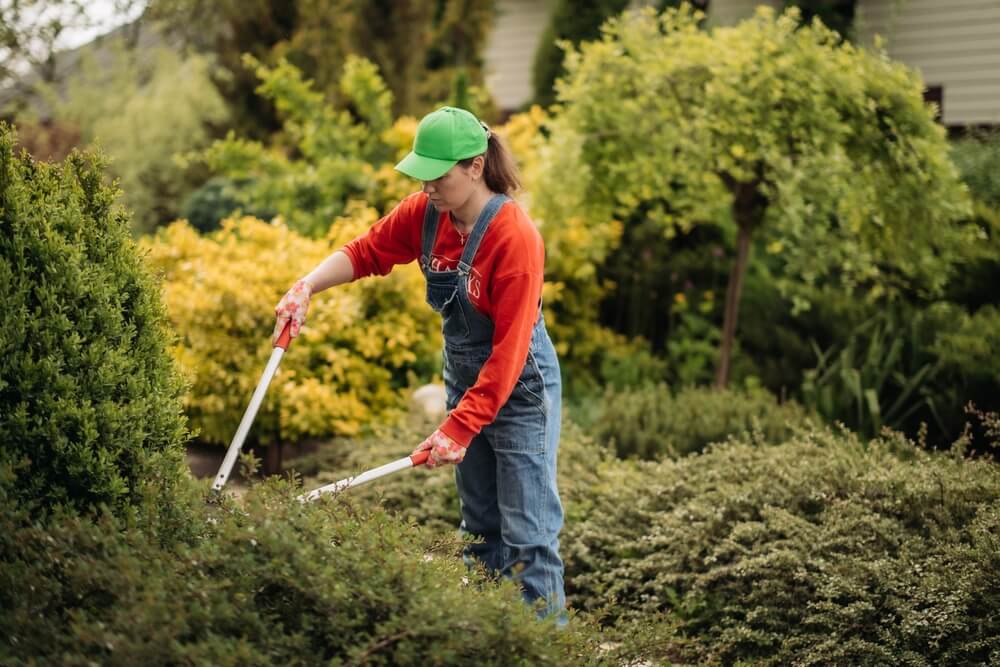
Landscaping Rules: Care and Maintenance
- Plant properly. This first landscaping rule might seem obvious, but it’s crucial that you’re planting in holes that are the right size and depth. Otherwise, your landscaped yard won’t last long.
- Mulch frequently. Mulching is the key to healthy and happy landscaping. Mulch keeps weeds away, adds nutrients to your soil, and provides insulation in the colder months. For the best results, we recommend mulching every year (or every other), in either the spring or fall.
- Water thoroughly. How often should you water your landscape? It’s more effective to water thoroughly and less often than watering superficially and more often. Aim for a deep soaking instead of just wetting the surface. Try to water in the morning so it can dry throughout the day. This will reduce the risk of fungal disease.
- Prune your plants. Pruning will encourage new growth. But when is the best time? Follow this general rule of thumb: If your plants and shrubs bloom before June 15, prune them as soon as they finish flowering. If they bloom after June 15, prune while they are dormant (winter months) or in early spring before the buds start to grow.
Ready to put these landscaping rules into action? Stock up on plants and get expert design advice at your nearest Stauffers of Kissel Hill.


